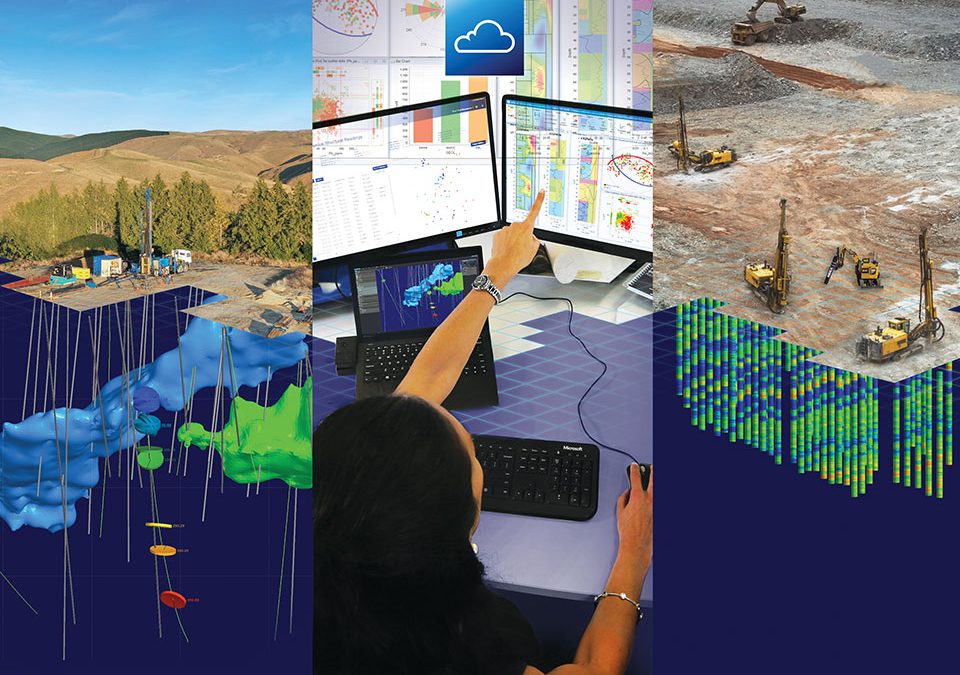
The transformative impact of the digital revolution has been felt in virtually every sector of the economy, upending business models and operational practices, but the mining sector has mostly retained its traditional characteristics. But change is afoot.
A 2019 report by Perth research firm State of Play, based on a survey of 800 executives from 399 mining and service companies, found that business models virtually unchanged for the past 20 years face imminent disruption.
“‘Technological change and disruption” was chosen by a majority of executives (65 per cent) as the most important driver of innovation in mining over the next 15 years.
Most executives (73 per cent) believe robotics and automation will be the technology that makes the biggest Impact on mining Innovation, followed by artificial intelligence and analytics (67 per cent), and sensing and data (51 per cent).
While the mining sector will be following in the path of other industries in pursuing technological innovation, the survey found that the mining industry will be running its own race. Only 30 per cent of mining executives believe “other industries will influence innovation in the sector.
Of course, the mining Industry Is no stranger to the use of technology as evidenced by the industry’s use of automated loaders and dump trucks using robotic technology powered by artificial intelligence.
But the clear trend is to the greater use of data science and analytics, the Internet of Things, automation of the drilling process, the digitisation of the exploration cycle and the production of real-time data for critical decision making, and further advances in automation.
Australia’s mining, equipment, technology and services (METS) sector is already a global player in mining-technology innovation. According to industry body Austmine, the METS sector contributes $90 billion in gross annual revenue to the Australian economy and exports 515 billion of products and services annually.
CSIRO Futures, the advisory arm of Australia’s national science research agency, recently released a “roadmap” aimed at plotting future growth opportunities ” METS as “a key driver and facilitator of change in the mining sector”.
By harnessing its “deep mining domain knowledge and expertise”, CSIRO Futures believes the METS sector is ideally placed to exploit “megatrends” In the global mining industry.
They include:
Perth-based, ASX-listed mining-technology company IMDEX is already a major player in the global METS market It sells its products to drilling contractors and resource companies in 102 countries.
IMDEX develops cloud-connected technologies and drilling-optimisation products to improve the process of identifying and extracting mineral resources. Its technology enables users to drill “faster and smarter· and obtain accurate subsurface data in real-time to support critical decision making for exploration, mining and production.
The technology is revolutionary, but mining companies don’t appreciate tech ‘prima donnas’. IMDEX managing director Bernie Ridgeway says credibility is hard won and collaboration and industry knowledge are highly prized.
Critical to the company’s success, according to Ridgeway, is a focus on solutions-oriented product development, a willingness to partner with other METS to enable the secure sharing of data and a focus on industry collaboration.
‘We spend $15 million a year on product development,” Ridgeway says. “We’re not just going on technology journeys of our own. Our focus is on solving problems and making a material difference to the companies using our products.”
Ridgeways says IMDEX employs “world-class geoscientists and mechanical and software engineers with extensive mining-industry experience.
I work work with some of the smartest people in their respective fields,” he says.
“That expertise and a fantastic technology portfolio have made us a global leader in the METS space and the best years are ahead of us. METS Ignited, an industry-led centre of excellence for the METS sector. and National Energy Resources Australia have released a report, Staying Ahead of the Game, prepared by consultants AlphaBeta, which outlines the scope of future opportunities.
The report forecasts that the adoption of digital automation technologies in the mining and oil and gas industries has the potential to add 574 billion to the national economy by 2030 and create more than 80,000 new jobs.
METS Ignited chief executive Adrian Beer says Australia’s METS sector can take nothing for granted.
“As an industry, we must focus on having the right framework in place to realise this vision: actively upskilling our workforce for their future roles; strengthening collaboration among industry, government and education providers; [and] investing more in commercially-orientated research and development.”